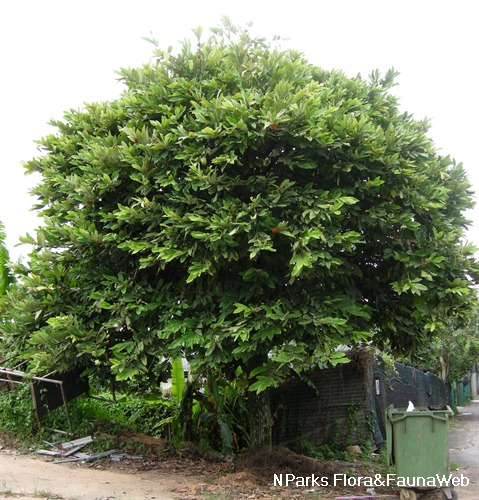
Back
Diospyros blancoi A. DC.
| Family Name: | Ebenaceae |
| Synonyms: | Diospyros discolor, Diospyros philippinensis |
| Common Name: | Butter Fruit, Velvet Persimmon, Velvet Apple, Mabolo, Buah Lemak, Buah Mentega |
Name
Classifications and Characteristics
| Plant Division | Angiosperms (Flowering Seed Plants) |
|---|---|
| Plant Growth Form | Tree (Small (6m-15m)) |
| Lifespan (in Singapore) | Perennial |
| Mode of Nutrition | Autotrophic |
| Plant Shape | Conical |
| Maximum Height | 7 m to 15 m |
Biogeography
| Native Distribution | Endemic to the Philippines. |
|---|---|
| Native Habitat | Terrestrial (Primary Rainforest, Secondary Rainforest) |
| Preferred Climate Zone | Tropical |
| Local Conservation Status | Non-native (Horticultural / Cultivated Only) |
Description and Ethnobotany
| Growth Form | It is a evergreen tree, 7-15 m tall, with a conical crown. |
|---|---|
| Crown | Conical in shape. |
| Trunk | Trunk diameter about 50 to 80 cm wide. |
| Foliage | Its stalked, leathery, alternate leaves are oblong in shape, 8-30cm long by 2.5-12 cm wide, with rounded base and pointed tip. The upper surface is dark-green and shiny, while the lower surface is silvery and hairy. The young leaves are pinkish in colour. |
| Flowers | It is a dioecious plant, with separate plants bearing male or female flowers. The urn-shaped male flowers are borne on axillary cymes, in small clusters of 3-7 flowers. The corolla is four-lobed and creamy white in colour. The urn-shaped female flowers are similar in appearance to the male flowers, except that they are solitary, and slightly larger than the male flowers. |
| Fruit | Its fruits are fleshy berries that are round or slightly flattened on one side. 5-12 cm by 8-10 cm, with a reddish brown velvet skin and creamy white to yellow flesh that is sweet and aromatic. The fruits are said to emit a strong odour that resembles cheese. |
| Habitat | It grows in primary and secondary forests in Philippines, from low to medium altitudes. |
| Associated Fauna | Its fruits are eaten by mammals such as monkeys and squirrels. |
| Cultivation | It can be propagated by seed or grafting. |
| Etymology | Greek dios, divine; Greek pyros, wheat, meaning divine wheat or food; Latin blancoi, named in honour of Francisco Manuel Blanco, a Spanish friar and botanist who contributed greatly to the knowledge of the flora of Philippines. |
| Ethnobotanical Uses | Edible Plant Parts : Edible Fruits Food (Fruit or Vegetable) |
Landscaping Features
| Landscaping | It is suitable for growing in parks, gardens and along roads for its attractive conical, dense crown and reddish brown velvety fruits. It is also said to be very resistant to typhoons. |
|---|---|
| Desirable Plant Features | Ornamental Fruits, Ornamental Form |
| Landscape Uses | General, Suitable for Roadsides, Parks & Gardens, Small Gardens, Shade Providing Tree / Palm |
| Thematic Landscaping | Naturalistic Garden, Economic Garden |
Fauna, Pollination and Dispersal
| Pollination Method(s) | Biotic (Fauna) |
|---|---|
| Seed or Spore Dispersal | Biotic (Fauna) |
Plant Care and Propagation
| Light Preference | Full Sun |
|---|---|
| Water Preference | Moderate Water |
| Plant Growth Rate | Moderate |
| Rootzone Tolerance | Moist Soils, Fertile Loamy Soils |
| Propagation Method | Seed, Grafting, Marcotting, Air-Layering |
| Plant Growth Rate Remarks | Slow |
| Seed / Spore Germination Duration | 24 days |
Foliar
| Foliage Retention | Evergreen |
|---|---|
| Mature Foliage Colour(s) | Green |
| Mature Foliage Texture(s) | Leathery |
| Prominent Young Flush Colour(s) | Pink |
| Young Flush Texture(s) | Hairy / Hirsute |
| Foliar Type | Simple / Unifoliate |
| Foliar Arrangement Along Stem | Alternate |
| Foliar Attachment to Stem | Petiolate |
| Foliar Shape(s) | Non-Palm Foliage |
| Foliar Venation | Pinnate / Net |
| Foliar Margin | Entire |
| Foliar Apex - Tip | Rounded |
| Foliar Base | Acute |
| Leaf Area Index (LAI) for Green Plot Ratio | 4.0 (Tree - Dense Canopy) |
Non - Foliar and Storage
| Branch Angle (wrt vertical) | Horizontal |
|---|
Floral (Angiosperm)
| Flower & Plant Sexuality | Unisexual Flowers , Dioecious |
| Flower Colour(s) | White, Cream / Off-White |
|---|
| Flower Grouping | Solitary, Cluster / Inflorescence |
| Flower Location | Axillary |
| Flower Symmetry | Radial |
| Individual Flower Shape | Urceolate / Urn-shaped |
| Inflorescence Type | Cyme |
| Flowering Period | Hot & Dry Period |
Fruit, Seed and Spore
| Mature Fruit Colour(s) | Brown, Red |
|---|---|
| Mature Fruit Texture(s) | Velvety / Furry / Tomentose |
| Fruit Classification | Simple Fruit |
| Fruit Type | |
| Mature Seed Colour(s) | Brown |
Image Repository
Others
| Master ID | 1556 |
|---|---|
| Species ID | 2849 |
| Flora Disclaimer | The information in this website has been compiled from reliable sources, such as reference works on medicinal plants. It is not a substitute for medical advice or treatment and NParks does not purport to provide any medical advice. Readers should always consult his/her physician before using or consuming a plant for medicinal purposes. |

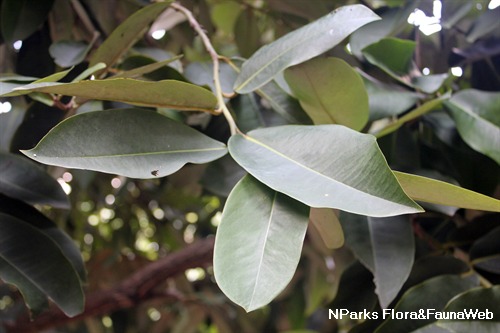
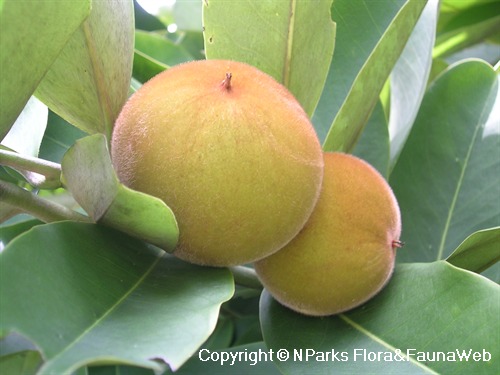
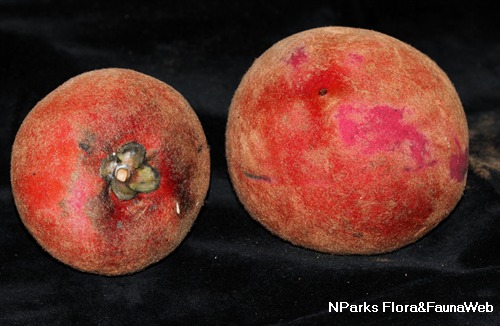
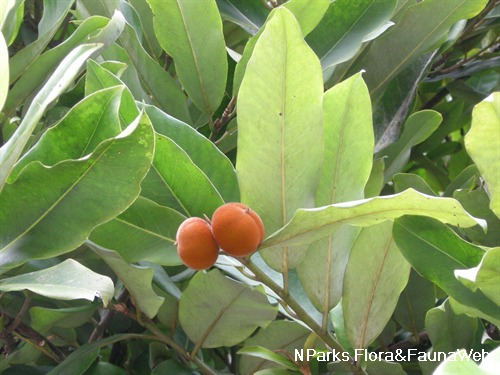
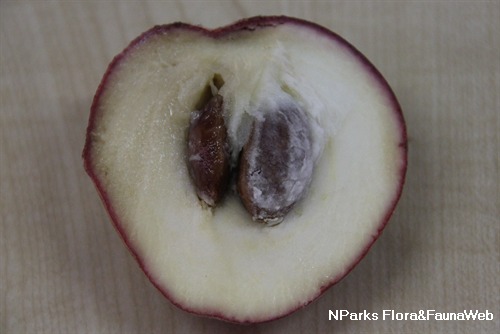
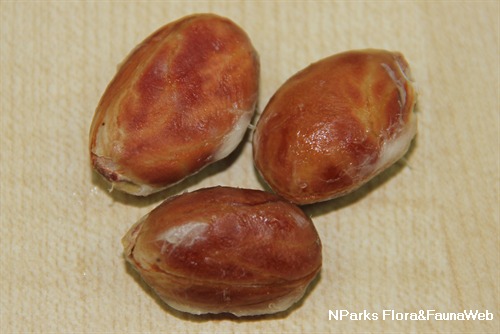
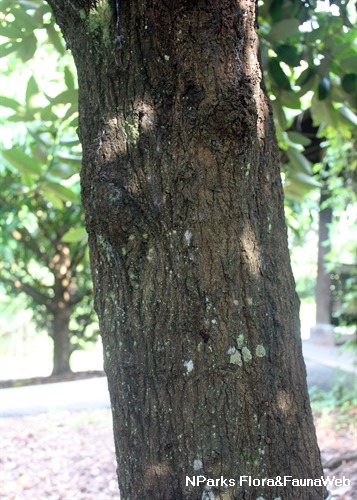
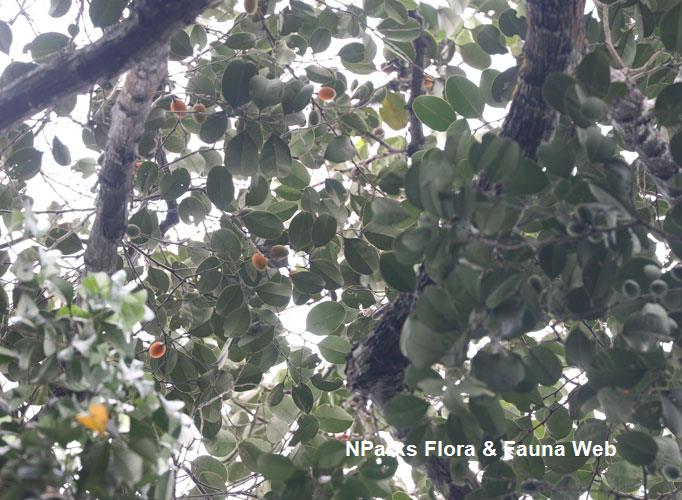
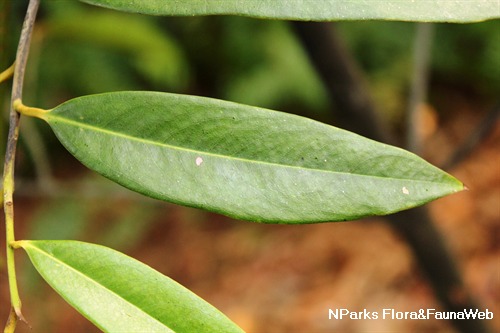
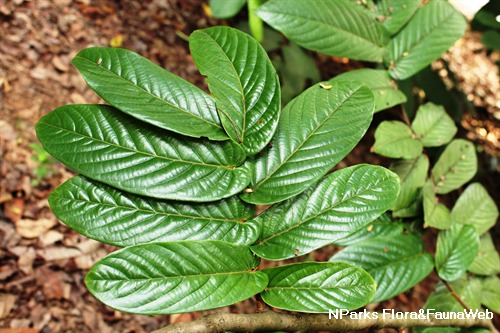
_lowres.jpg)